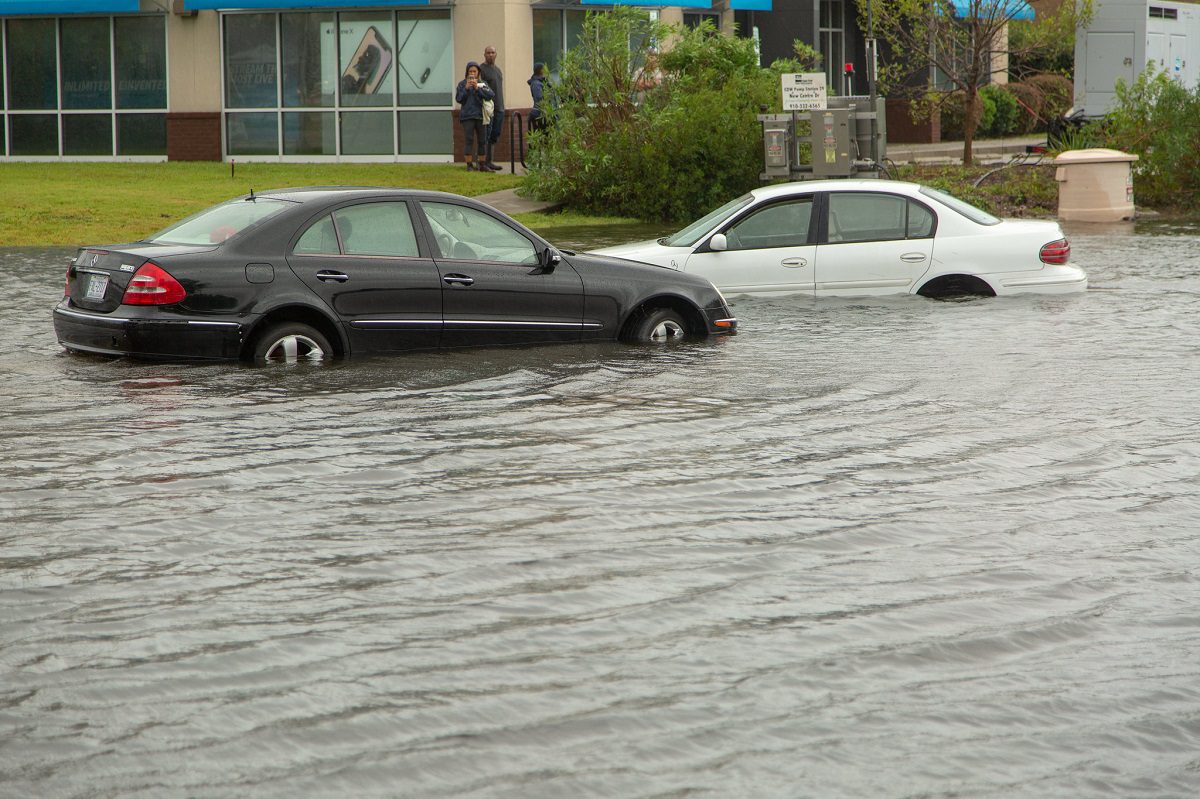
North Carolina Division of Marine Fisheries officials are asking the public to report any cold-stunned spotted seatrout in coastal waters.
Though no cold-stun events have been reported so far this season, if there are concerning weather conditions in the coming weeks, a cold-stun event could occur in coastal rivers and creeks, division officials said Thursday.
Supporter Spotlight
Spotted seatrout cold-stun events can be reported at any time to the North Carolina Marine Patrol at 800-682-2632 or during regular business hours to the division spotted seatrout biologist Lucas Pensinger at 252-808-8159 or Lucas.Pensinger@deq.nc.gov.
When reporting a spotted seatrout cold-stun event, provide the specific location, date and time the cold stun was observed, along with your contact information.
During the winter, spotted seatrout move to relatively shallow creeks and rivers, where they can be vulnerable to cold-stun events, which have the potential to occur when there is a sudden drop in temperature or during prolonged periods of cold weather, making fish so sluggish that they can be harvested by hand, officials said.
Many fish that are stunned die from the cold or fall prey to birds and other predators.
Studies suggest that cold stun events can have a significant negative impact on spotted seatrout populations.
Supporter Spotlight
Under the North Carolina Spotted Seatrout Fishery Management Plan, if a significant cold stun event occurs, the division will close all spotted seatrout harvest in the affected areas until June. The intent of a harvest closure is to allow the surviving fish a chance to spawn before harvest re-opens. Peak spotted seatrout spawning occurs from May to June.
A significant cold-stun event is determined by assessing the size and scope of the cold stun, and evaluating water temperatures to determine if triggers of 41 degrees for eight consecutive days or 37.4 degrees during a 24-hour period are met, according to the division. Data loggers are deployed statewide to continuously measure water temperatures in coastal rivers and creeks that are prone to cold stuns.








